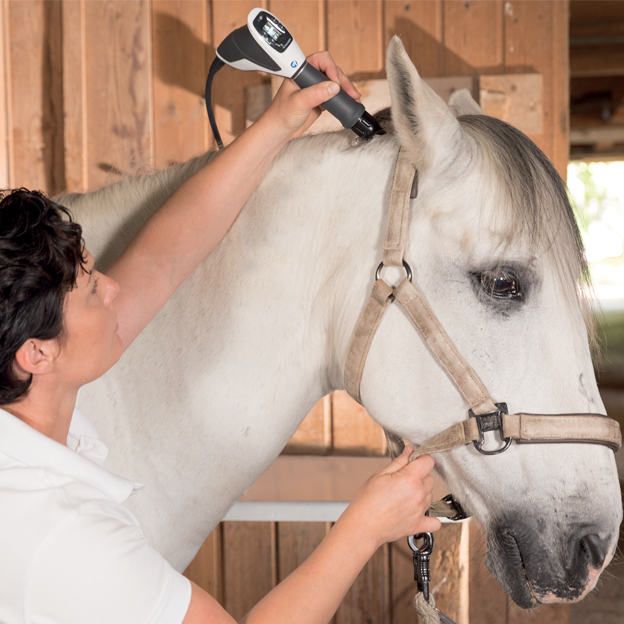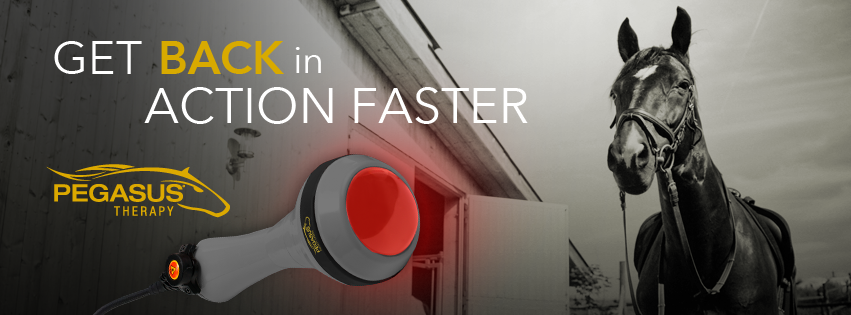Equine Therapy Programs: Changing Lives One Ride each time
Equine Therapy Programs: Changing Lives One Ride each time
Blog Article
Reviewing the Efficiency of Laser Treatment in Equine Therapy for Injury Rehabilitation
The analysis of laser therapy's efficiency in equine injury recovery depends upon multiple elements, consisting of recovery time, pain reduction, and tissue regeneration. Scientific studies suggest significant enhancements in conditions like tendonitis and osteo arthritis, credited to improved mobile feature and elevated ATP manufacturing. Vets often observe superior end results with laser therapy contrasted to traditional methods, positioning it as a crucial aspect in equine care. The requirement for constant monitoring and personalized treatment plans can not be overemphasized. What details scientific proof sustains these insurance claims, and how do vets implement these methods in technique?
Understanding Laser Treatment
Laser treatment has become a critical device in vet medicine, especially in the therapy of equine conditions. Known for its non-invasive nature and effectiveness, laser therapy involves the application of particular wavelengths of light to stimulate tissue repair service and decrease swelling. This restorative technique is increasingly preferred for its capability to increase the healing procedure in equines dealing with a variety of bone and joint injuries and chronic conditions.
The primary system behind laser therapy is its capability to boost cellular features. When laser light permeates the skin, it is soaked up by mitochondria, the powerhouse of cells, which brings about enhanced manufacturing of adenosine triphosphate (ATP) This biochemical energy boost facilitates cellular fixing and regeneration. Furthermore, laser treatment promotes vasodilation, enhancing blood circulation and oxygen delivery to broken cells, thus quickening recovery.
In equine medicine, laser treatment is especially beneficial for problems such as tendonitis, osteo arthritis, and injury recovery. The method is lauded for its pain-relieving properties, permitting steeds to restore mobility and feature more quickly. Vets also appreciate its marginal side impacts compared to other treatment techniques, making it a dependable and safe choice for equine care.

How Laser Therapy Functions

Upon absorption, these photons cause a series of biochemical adjustments, enhancing mitochondrial feature and leading to boosted adenosine triphosphate (ATP) manufacturing. This increase in ATP increases cellular metabolic process, promoting cells fixing and regeneration. Additionally, laser treatment modulates inflammatory feedbacks by impacting cytokine levels and minimizing oxidative anxiety, thereby alleviating discomfort and swelling.
Another significant facet of laser therapy is its duty in improving microcirculation. The therapy promotes vasodilation, boosting blood flow and oxygen delivery to damaged cells (Equine check Therapy). This helps with the elimination of cellular debris and sustains the expansion of fibroblasts and collagen synthesis, crucial for injury recovery
Medical Proof
The effectiveness of laser treatment in equine treatment has actually been substantiated with numerous medical studies, showcasing its restorative prospective throughout a series of conditions. Numerous regulated tests and observational research studies have actually documented considerable renovations in tissue repair service, discomfort reduction, and general recovery timelines. As an example, a study carried out by Turner et al. (2012) showed that equines treated with low-level laser treatment (LLLT) for ligament injuries exhibited accelerated healing contrasted to those obtaining conventional treatments. The study highlighted a marked reduction in inflammation and improved collagen formation.
Similarly, research by Johnson and colleagues (2015) concentrated on equine muscle injuries, revealing that laser therapy considerably sped up muscle fiber regeneration and reduced muscular tissue rigidity. These searchings for were affirmed by histological evaluations showing improved muscle mass cells organization. Additionally, medical assessments have actually revealed that laser therapy can reduce chronic problems such as osteoarthritis. A research by Smith et al. (2018) reported that equines with osteoarthritic joints experienced noteworthy discomfort relief and increased variety of movement following a regimen of laser treatment sessions.
Veterinarian Insights

Veterinarians additionally appreciate the convenience of laser therapy. She aims out that laser therapy can be customized to the specific requirements click now of each steed, guaranteeing optimum end results.
Furthermore, veterinarians value the capacity to incorporate laser treatment with various other treatment modalities. This multimodal method can improve overall therapy efficiency, supplying an extensive solution for equine recovery. Such endorsements from seasoned specialists highlight the growing approval and application of laser therapy in equine medication.
Practical Factors To Consider
A key facet of carrying out laser treatment in equine treatment includes recognizing the useful factors to consider that guarantee its efficiency and security. It is important to select the proper laser device, as different kinds differ in wavelength, power, and infiltration depth. Vets must be skilled in these parameters to customize therapy procedures properly to each injury kind
In addition, the frequency and period of laser therapy sessions require mindful preparation to maximize healing benefits while reducing any kind of possible negative results. Constant tracking of the equine's action to treatment can assist essential adjustments in the therapy program. Developing a secure and controlled atmosphere throughout therapies is additionally important to protect against accidental exposure to laser discharges, which might damage both the steed and the trainer.
Training and accreditation of workers carrying out laser treatment are extremely important to ensure proper strategy and to copyright safety standards. Furthermore, preserving precise records of each session, including laser settings and observed results, is important for examining the general efficiency of the treatment and for making data-driven decisions.
Final Thought
Laser therapy has actually become an efficient technique in equine injury rehab, using considerable benefits in recovery time, pain alleviation, and cells recovery. Scientific research studies underscore significant improvements in problems such as tendonitis and osteo arthritis, connected to improved cellular function and increased ATP manufacturing. Vet observations substantiate these findings, highlighting superior end results contrasted to conventional therapies. For optimal outcomes, constant monitoring and weblink individualized treatment protocols remain crucial in leveraging the complete capacity of laser treatment in equine treatment.
Report this page